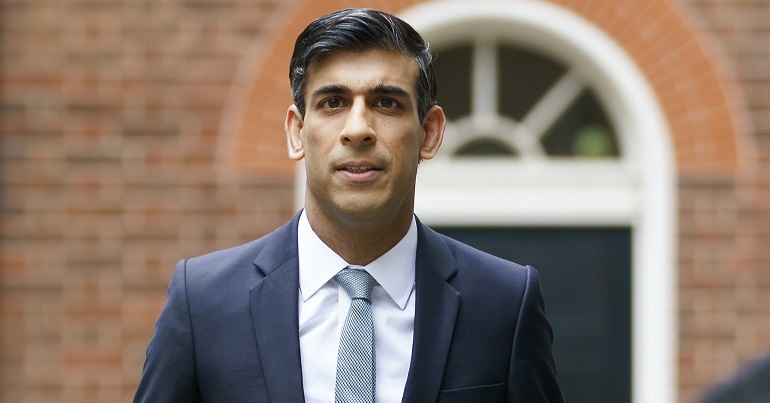Labour, the Lib Dems and the Greens are all optimistic about making gains

Conservative Party chairman Greg Hands recently said his party is expecting to lose more than 1,000 council seats in this year’s local elections. With the Tories around 15-20 points behind Labour in the polls, that might not seem all that surprising. But could it really happen?
Where are there local elections this year?
Local elections will be taking place across both England and Northern Ireland this year. In England, voters will head to the polls on May 4, with dozens of councils having seats up for election. Elections in all Northern Ireland councils will take place two weeks later on May 18.
Northern Ireland uses a proportional system for its local elections, whereas England still uses first past the post.
In some English councils, every seat will be up for election. In others, one third of the seats are up.
Who is defending the most seats in this year’s local elections?
Of the seats up for election this year, the Tories currently hold by far the most. They’re defending 3,365 seats on May 4. Labour will be defending 2,131. The Liberal Democrats are defending 1,223 and the Greens are defending 239.
This means that the Tories have by far the most to lose.
What happened in the last local elections?
The last set of local elections in England took place in 2022 – concurrent with elections in Scotland and Wales. That year, the Tories lost nearly 500 seats. Opposition parties performed well – with Labour gaining 108 seats, the Liberal Democrats gaining 224 and the Greens gaining 87.
However, most of the seats up for election in 2022 – including in every London Borough – won’t be contested this year, they’ll next be up for election in 2026.
The key year we need to look at is 2019. In that year’s elections, the Tories lost a whopping 1,330 seats, with the Liberal Democrats and the Greens the biggest beneficiaries. The Lib Dems gained 704 seats and the Greens gained 198. Labour, meanwhile, lost 84.
Could the Tories really lose 1,000 seats in this year’s local elections?
It isn’t yet clear whether Greg Hands’ 1,000 seats claim was honesty or expectation management. Either way, because the Tories currently hold the most seats, there’s scope for them to suffer major losses.
National opinion polls aren’t the best indicator for predicting individual council elections, but they can give us a sense of the overall trend. Currently, the Tories are polling around 30% – somewhere between 15 and 20 points behind the Labour Party. In light of this, it’s reasonable to expect a substantial swing from the Tories to Labour across the country.
Labour also benefits from starting from a relatively low base. With more than 1,000 fewer councillors up for re-election than the Tories this year, coupled with the fact that 2019 saw lacklustre results for Labour, there is space for Keir Starmer’s party to make gains.
This year, there are a number of councils with seats up for election that overlap with key marginal parliamentary constituencies where Labour will be hoping to make significant inroads – places like Swindon, Derby and Bolton.
Overall, the expectation is that Labour will make triple digit gains this year, overwhelmingly at the expense of the Tories.
The smaller parties matter too. The Liberal Democrats have had a string of strong local election results in recent years and will be hoping to solidify their presence in traditionally Tory areas in the south and the countryside. Having won three parliamentary seats in by-elections from the Tories since 2021 – in Chesham and Amersham, North Shropshire, and Tiverton and Hoviton – the Lib Dems are optimistic about mimicking these successes in similar areas in the local elections.
As for the Greens, the party’s co-leaders have said they could gain over 100 council seats this year. Privately, there is talk about that number being closer to 200. Many of these potential gains are likely to come from the Tories, with areas like Herefordshire, Mid Suffolk and East Hertfordshire where the Green Party is hoping to make significant gains.
If the polls stay where they are and if all three of Labour, the Liberal Democrats and the Greens triple digit gains, it is easy to see how the Tories could lose 1,000 seats in this year’s local elections.
Chris Jarvis is head of strategy and development at Left Foot Forward
Image credit: Pippa Fowles / Number 10 – Creative Commons
Left Foot Forward doesn't have the backing of big business or billionaires. We rely on the kind and generous support of ordinary people like you.
You can support hard-hitting journalism that holds the right to account, provides a forum for debate among progressives, and covers the stories the rest of the media ignore. Donate today.









